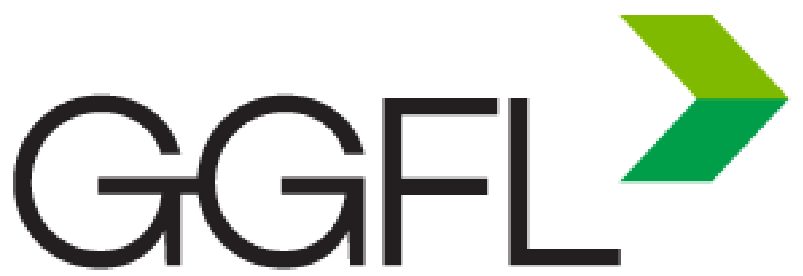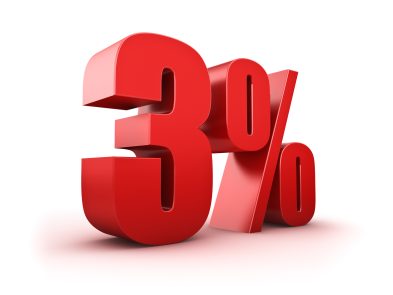Despite their innovation, resilience, and entrepreneurial spirit, women entrepreneurs continue to face significant challenges in securing the funding they need to grow and sustain their businesses. A panel discussion hosted by GGFL in partnership with the Women’s Business Network and Invest Ottawa brought together experts to explore these barriers and offer actionable solutions. The discussion featured Jennifer Baldwin from GGFL, Sara Perron from Invest Ottawa, and Layla Darwish from BMO. Each shared insights into how women entrepreneurs can overcome funding obstacles and access the capital necessary to thrive.
The Funding Gap: Why Women Entrepreneurs Struggle to Secure Capital
According to the Women’s Entrepreneurship Knowledge Hub, women-owned businesses receive only 4% of venture capital funding in Canada, and studies indicate that investors are 60% more likely to invest in pitches made by men than those made by women. Additionally, men-owned businesses receive, on average, 150% more financing than women-owned businesses. These disparities highlight the systemic barriers that prevent women from obtaining the financial resources needed to scale their enterprises.
“You have to wonder how many great innovations, services, and products from women-owned businesses aren’t given the chance to thrive because of this lack of access to capital.”
Jennifer Baldwin, GGFL
Women are also more likely to self-fund their businesses. A study referenced by Layla found that 8 out of 10 women entrepreneurs prefer to self-finance rather than seek external funding due to a fear of taking on risk. However, as the panelists pointed out, self-funding can limit growth opportunities and put unnecessary strain on personal finances. Many women don’t even realize that funding opportunities exist, or that their financial standing qualifies them for loans and grants. “We often hear women say they don’t think they’ll qualify for financing, but the reality is many of them are in a strong position to receive funding,” said Layla.
“It’s about changing the mindset and encouraging women to explore their options rather than assuming debt is a negative thing.”
Layla Darwish, BMO
Sara shared her experience running her own business and how she initially didn’t think about seeking external funding. “I just didn’t know to even look. I wasn’t asking the right questions or talking to the right people. Now that I work at Invest Ottawa, I see so many programs and resources I wish I had known about when I was starting.”
Understanding the Funding Landscape: Resources and Opportunities
Invest Ottawa’s Support for Women Entrepreneurs
Sara detailed the many funding and support programs available to women business owners. “We run several programs, including Starter Company Plus, which provides mentorship and a chance to pitch for $5,000 in grant funding, as well as our Summer Company program for young entrepreneurs. We also offer free workshops, advisory services, and an e-commerce accelerator for those looking to scale their online businesses.” Invest Ottawa’s E-Commerce Accelerator Program is designed to help Ottawa-based entrepreneurs refine their strategies, expand their reach, and drive sustainable growth.
She emphasized the importance of business education and mentorship. “A lot of entrepreneurs know their product or service well, but they don’t necessarily understand business operations, cash flow, and financial planning. That’s where resources like Invest Ottawa come in.”
For those hesitant about engaging with financial institutions, Sara reassured them that many organizations are willing to help. “We have a team of advisors, and just booking a free 50-minute meeting could provide you with guidance on what financing options are best suited for your business.”
Banking and Commercial Lending Insights
Layla outlined how commercial lenders evaluate businesses for financing and how women can build strong banking relationships to improve their access to capital.
“The first step for any entrepreneur is to establish a banking relationship early,” said Layla. “Even if you’re just opening a business bank account or applying for a credit card, getting your financial history in place can help when you need larger loans later.”
She highlighted the importance of keeping financial records in order. “Banks need to see clear financials—cash flow statements, tax filings, and business plans. If your books aren’t in order, it’s going to be difficult to secure financing. A good accountant or bookkeeper can be invaluable in ensuring your financials are well-maintained.”
Layla also revealed that BMO has allocated specific capital for women entrepreneurs. “For example, we’ve reached our lending cap for home hardware franchises, but we have reserved capital specifically for women-owned businesses. So, if a woman entrepreneur wants to acquire a home hardware store, funding is available where it might not be for others.”
She urged women to approach their banks early. “Just because you step into a bank doesn’t mean you’re applying for a loan that day. You can go in, ask questions, and learn about what the bank is looking for. This helps you prepare for when the time is right to apply.”
Strategies for Women Entrepreneurs Seeking Capital
1. Prepare Your Financials
One of the most common mistakes entrepreneurs make is waiting too long to organize their financial records. “If your books aren’t in order, you won’t get funded,” said Layla. She stressed the importance of working with professionals like accountants and bookkeepers to ensure that financial statements are clear and accurate.
Sara echoed this, sharing her personal experience. “If I could go back, the first thing I would do is hire a bookkeeper. We were scared to spend money, so we tried to manage everything ourselves in an Excel sheet. One small mistake and everything was off. I can’t emphasize enough how much easier things would have been if we had invested in professional financial help from the start.“
2. Establish Banking Relationships Early
Women entrepreneurs should not wait until they need a loan to approach a bank. “Having an established banking history can make all the difference when applying for funding,” Layla explained. “If you already have a banking relationship, the bank has data on your cash flow and financial behavior, which can work in your favor.”
3. Apply for Grants and Alternative Funding
Many women entrepreneurs assume grants are hard to find, but resources are available. “Invest Ottawa offers grants, and BMO for Women has an annual grant program where we award 10 grants of $10,000 each,” said Layla. BMO also has a grant program call ‘Celebrating Women’ that is accepting applications in Spring 2025. “There are also organizations like Coralus that focus on funding women-led businesses.“
4. Seek Mentorship and Community Support
Sara emphasized the power of mentorship. “Connecting with other women entrepreneurs and seeking mentorship can be game-changing. The Women Presidents Organization is a great example of an advisory board that can help navigate business growth and financing challenges.”
5. Ask Questions and Advocate for Yourself
One of the biggest barriers for women entrepreneurs is the confidence gap when dealing with banks and investors. “Don’t be afraid to ask questions and challenge biases,” Sara advised. “If you’re in a meeting and all questions are directed at your male business partner, speak up. Make it clear that you’re an equal decision-maker.”
Sara reflected on how she initially struggled with this issue. “Early on, I would just sit there feeling frustrated, but I wouldn’t say anything. I’ve learned that addressing it head-on makes a huge difference. Now, if I notice the conversation is being steered toward my male partner, I’ll say something like, ‘I’d love to answer that question since I handle the business finances’”.
The more we assert ourselves, the more we normalize the presence of women in financial decision-making.”
Sara Perron, Invest Ottawa
Layla reinforced the importance of confidence. “Women need to walk into these conversations with a sense of ownership. If you feel like you’re being overlooked, redirect the discussion and make it clear that you’re leading the business. Lenders want to see conviction and clarity in your answers. Show them that you know your numbers, understand your financials, and are the right person to be making these decisions.”
Conclusion: Empowering Women Entrepreneurs to Secure Capital
Women entrepreneurs have the potential to drive innovation and economic growth, but they continue to face challenges in accessing capital. “Education, mentorship, and professional financial support can make a huge difference,” said Jennifer. “The goal is to help women business owners secure the funding they need to grow their businesses to their full potential.”
The message was clear: Women entrepreneurs deserve access to the same financial opportunities as their male counterparts, and with the right strategies, they can overcome these challenges and achieve lasting success.







